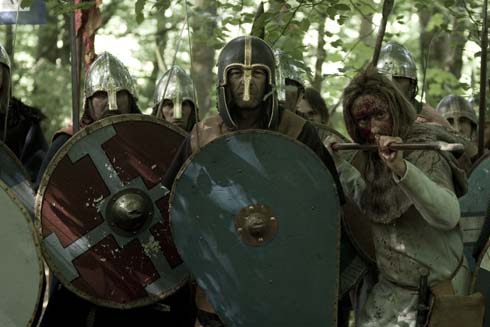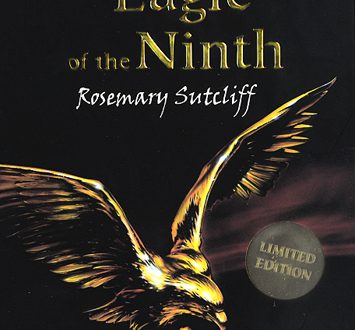 by Christopher Kelly
by Christopher Kelly
Attila the Hun, the ‘Scourge of God’, has become a byword for terror. Between 435 and 453, Attila established and maintained a large empire in central Europe, but he is best known for his campaigns against the Romans. By the 5th century, the Roman Empire – by then divided into east and west – was assailed from all sides. To the north, waves of migration had placed the empire’s frontiers under increasing strain. Attila took full advantage of the Romans’ predicament. The Huns launched devastating raids into Roman territory; burning cities, slaughtering defenceless people, and reducing large areas to waste.
For the monk Jerome, the Huns were ‘the wolves of the North’. But Christopher Kelly – a respected Cambridge University historian and classicist – offers a more constructive interpretation. The main problem facing a historian of the Huns is that they left no written sources of their own to explain their actions. We see them almost entirely through the writings of their enemies. It is important, therefore, to establish a fuller context. Through extensive secondary reading, as well as his own research, Kelly is able to make use of a wider range of sources. These include administrative records and archaeological evidence, providing a useful supplement to the more sensational literary accounts.
Truth Versus Lies
Not all of the Roman accounts lack balance, however. The most important Roman writer is Priscus of Panium, who was part of an embassy sent to the Huns. The diplomats were unwittingly being used as cover for a failed plot to assassinate Attila; it’s a story Kelly tells with wit and flair. It took Priscus many years to work out exactly what was going on, but he also had broader points to make. Priscus provided a deliberately ambivalent view of the Huns, avoiding the crude stereotypes of earlier writers. Attila himself is presented as a subtle and sophisticated ruler, and perhaps all the more frightening for that. Priscus took pains, for example, to note Attila’s moderation at the dinner table: a quality associated with the greatest Roman emperors. Priscus’ audience would not have missed the implicit comparison with the emperor Theodosius, whom Priscus despised for his underhand dealings and reluctance to fight.
Attila, then, was not a mindless thug bent on senseless destruction. In comparison to Geiseric the Vandal, however, who carved himself a kingdom from one of Rome’s most prosperous provinces – and ultimately sacked Rome itself – Attila’s ambitions appear limited. Attila’s empire, according to Kelly, was “a parasitic state”, essentially a “protection racket on a grand scale”. Attila was always ready to be bought off with ‘gifts’, although Kelly notes that the sums demanded from the Romans were relatively affordable. It would be absurd to suggest that Attila and the Huns had no real impact on the Roman empire, but his achievements should not be exaggerated.
Geiseric fought and defeated the Romans on their own terms, whereas Attila’s “strategic brilliance lay not in fighting the Romans but in seeking to avoid any large-scale confrontation”. Attila was an effective military commander, but it seems doubtful that he would have achieved much success against the Romans if they were not so over-stretched. Attila’s Huns were only one of many threats facing the Romans, and not necessarily the most dangerous. Yet Geiseric (among others) is almost forgotten today: why do we remember Attila? The simple answer is that the story of the Huns – who never converted to Christianity, nor to Roman customs – could be easily adapted to fit the preconceptions of later writers in a way that others’ could not. Intriguingly, some German and Hungarian writers did present Attila in a positive light, although their work is no more objective than the Romans’. But it was much more common, of course, to present Attila as a ‘barbarian terror’, determined on the ruin of western civilisation.
Ultimately though, Kelly’s conclusions offer more questions than answers. To create a more nuanced interpretation of Attila is not to excuse his undoubted ruthlessness and brutality, although the Romans were hardly passive victims. Indeed, it can easily be argued that it was the Romans who were “the most violent force in the ancient Mediterranean world”. The Roman conquest of Gaul, for instance, is estimated to have cost the lives of one million Gauls; another million were enslaved – a high price to pay for civilisation and progress. All this raises questions relevant to our own times, although Kelly is too subtle a historian to draw the most obvious parallels. It is enough to say that “at the end of a history of Attila and the Huns we should gently be encouraged to think about more than the decline and fall of the Roman empire”.
This is popular history as it should be written: learned and wise, but never dull. Attila the Hun is a wonderful book, one that deserves to reach the widest possible audience.





